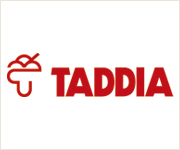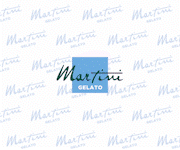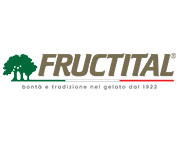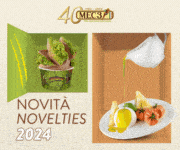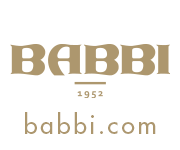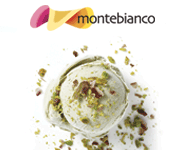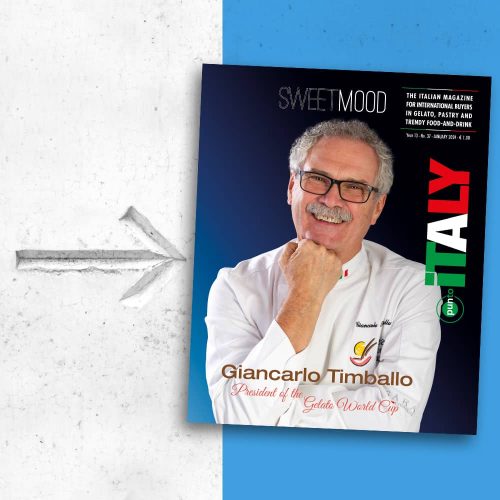China: success is on the web

What is the favourite snack of Chinese urban consumers? Gelato, of course.
According to a Mintel survey, 49% of those living in the city (and 57% of those living in Shanghai) say they regularly enjoy it at home, a percentage that is clearly growing compared to 2015 (39%). The number of people choosing it as a dessert is also increasing (39% vs. 28% a couple of years ago).
As for the location, the favourite venues for consumption seem to be gelato shops, pastry shops, and cafés. An aspect that is increasingly taking root is the tendency towards the westernization of eating habits.
Among the affluent segment of the urban population (so-called first-tier consumers) the concept of health has been widely affirmed, which is reflected in the choice of a healthy lifestyle aimed at wellness.
Fifty-nine percent of those interviewed said they were willing to buy products “without preservatives and additives,” and consumers aged between 30 and 39 were willing to pay more.
In particular, according to their point of view gelato is the ideal food that combines a number of fundamental characteristics: it is the perfect complement of a healthy and balanced diet, which helps to relieve stress without giving up the pleasure of a sensory experience that is strongly rewarding.
Young Chinese urban consumers aged 20 to 24 are also particularly interested in aspects that add value, such as innovative packaging consisting of “edible containers that taste good” (42%).
There is also great interest in the possibility of personalizing flavours based on personal preferences (35%).

HOME DELIVERY
Foodservice is increasingly moving online. People aren’t just shopping online, they’re also ordering desserts. To better understand the trend, data relating to the industrial world can be of assistance, research institutes having the possibility of monitoring the general relationship between products placed on the market and those sold. This trend shows important progress being made by artisanal gelato.
The gelato segment in China is showing a rising trend in market value. Purchases in retail channels (76%) remain lower than non-retail (93%). As a whole, the share of urban consumers who bought gelato in supermarkets or hypermarkets fell from 85% in 2012 to 52% in 2017.
On the other hand, the market recorded significant growth in online channels, from 3% in 2012 to 16% in 2017. This increase is driven by the high-income segment of the population, which not only routinely uses the Internet thanks to mobile technologies, but also has greater spending power. It shouldn’t be forgotten, in fact, that shopping online for gelato is usually more expensive due to the cost of delivery as the cold chain has to be maintained.
RICH YOUNG PEOPLE
The Chinese market is now in full transformation, driven by three major factors: the rise of the middle class and wealthy families, a new generation of sophisticated consumers who spend more freely, the increasingly powerful role of e-commerce.
Although still characterized by a marked difference in level between social classes and geographical areas, the Chinese economy has benefited in recent history from the passage of millions of people from poverty to a new emerging middle class.
Growth is now driven by the “wealthy” classes, families with an income of $24,000 or more. To the point that it is estimated that they will account for 81% of consumption by 2020. The most significant growth will occur in smaller cities.
The “new rich”, besides enjoying an improved economic condition, are also evolving from a cultural point of view.
Ancient Chinese culinary tradition is expanding to include innovative local products and elements from other cultures, primarily western.
For the immediate future the consumers who will orient the country’s continuous economic development will be the younger ones, under 35 years of age. With the same income, they tend to spend 40% more than their parents, they feel they have more needs, and they are more informed and attentive to the market, with which they interact almost exclusively through social media.
> Want to know other Gastro Trends? Read these articles: Future at the bottom of the ocean ; Food has a Soul
Recent Blog Posts
 Medac and AIFA: Hip hip hooray for Charles!
Medac and AIFA: Hip hip hooray for Charles! Sigep 2024 - Carpigiani’s special events with a look at the “green” future of Gelato and pastry
Sigep 2024 - Carpigiani’s special events with a look at the “green” future of Gelato and pastry Maurizio Manzi, as Ambassador for AIG, at the Melbourne Italian Festa
Maurizio Manzi, as Ambassador for AIG, at the Melbourne Italian Festa Medac awarded with the EcoVadis gold medal
Medac awarded with the EcoVadis gold medal MIG Longarone and SIRHA Budapest: a new dynamic space for italian gelato
MIG Longarone and SIRHA Budapest: a new dynamic space for italian gelato Medac supports Alice Italian Food Academy
Medac supports Alice Italian Food Academy The Gelatissimo 2024 online ticket office is officially open.
The Gelatissimo 2024 online ticket office is officially open. Casa Optima Group looks for two exclusive agents
Casa Optima Group looks for two exclusive agents Gelatissimo 2024: here the first information
Gelatissimo 2024: here the first information Ci Gusta opens a new store into the “Il Mercato Eat&Meet” in Reggio Emilia
Ci Gusta opens a new store into the “Il Mercato Eat&Meet” in Reggio Emilia

